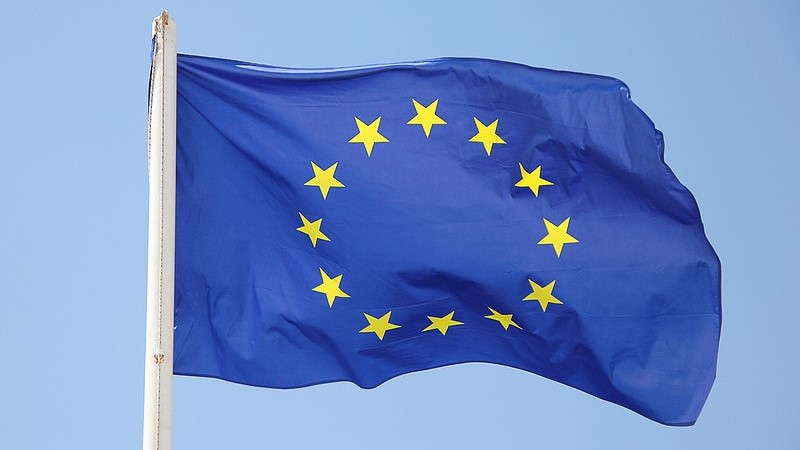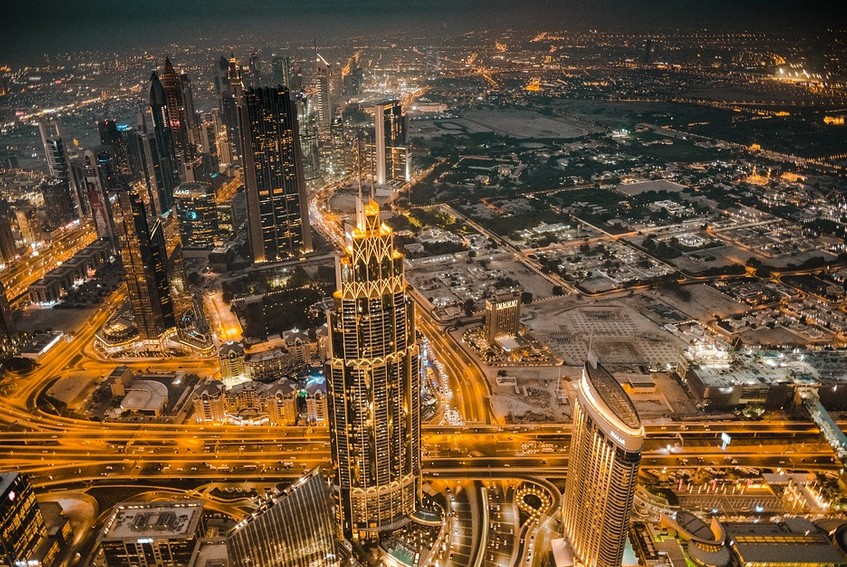Jan Schinko dedicated today’s episode of Drbna historička to the funeral in České Budějovice. These are located, for example, in Piaristické náměstí or near the Black Tower. Do you know which Budejovice cemetery has the largest area? And where is the military cemetery from the late 18th century?
A winter photograph from 1970 captures the original Old Town Street which ended south from the Old Town Cemetery towards the Old Town School, which, however, was demolished in February of that year. The school survived, firstly because it used to be a school (the school was not supposed to be torn down) and secondly, because on the ground floor of the school there is a Grocery store – Meat, which has yet to be replaced. (the Družba cooperative department store has just started construction). City hall closes schools in February, when it’s freezing cold, people are either at work or at home and don’t have enough energy to express themselves in public. Moreover, in 1970, Vasil Bilak “tamed” the so-called counter-revolution of 1968.
On the right side of the future new Old Town is the burial wall, through which thick vegetation of trees can be seen. The Old City Cemetery, although not used as a cemetery, is the fourth largest cemetery in the city, with a cadastral area of 4,810 m2. Burial At St. Otílie has an area of 70,472 m2, the cemetery in Mladé is 20,459 m2, the Jewish cemetery is 6,470 m2, the former cemetery in Piaristické náměstí has an area of 2,283 m2 and the former municipal cemetery in the vicinity of the church (cathedral) of St. . Mikuláš 2383 m2.
From 1797, there was a military cemetery behind the town between Roudenská silnicá and Malší, with an area of about 1500 m2. He also served after World War II. Sometimes those who died in military hospitals who had no documents were kept there. Even after 1952, burning candles appeared in military cemeteries on holidays
The old city cemetery has been used for burials since the time of Čéčovy Budejovice, almost 50 years before České Budějovice itself was founded. The last person to be buried here was a citizen of the city on April 23, 1889. At the same time, it is not even a cemetery, but a shady forest with the remains of tombstones here and there. On the north side of the church, the city’s first bishops are buried, including Jan Valerián Jirsík. Adalbert Lanna’s parents are buried near the south side of the church. The plaque reads: Familie Lanna, Tadäus Lanna (1775 – 1828). On the south side of the newer burial wall, there is a tombstone with the inscription: Franciscus Daudlebský de Sterneck, Consul of Urbis Budwincensis, 1750 – 1825. Another important citizen of the city, some of which read (that’s how it is, today i.e. July 2023 may be different, area is locked ) Tombstones of FL Claudia and Plonner.
A gravestone with the inscription: Dem 1. budweiser Redakteur ZA Richter (1817 – 1870) stands alone. The town’s first Czech teacher, J. Zajíček, was also buried in the cemetery in 1795. The original tombstone also lies in the church. of the tax collector Řehor J. Stoltze (1715) and his wife Maria Magdalena (1724) Since the cemetery was abolished in 1889, there have been no art nouveau tombstones like those of St. Peter’s. Otília or in Mladé, which are often of artistic value. The Neo-Gothic and Neo-Renaissance elements on the barely preserved tombstones of the Old City Cemetery are also valuable. It’s just that the cemetery is almost always locked.

“Tv nerd. Passionate food specialist. Travel practitioner. Web guru. Hardcore zombieaholic. Unapologetic music fanatic.”







